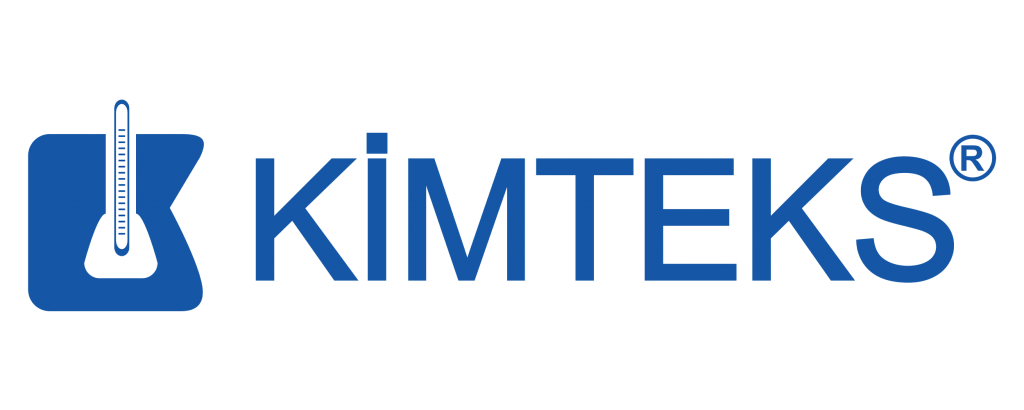This concept, called starch ether, is briefly used in conjunction with cellulose ethers. Especially the performance of potato-based starch ethers is quite high compared to others. Because they increase viscosity, they are very effective in improving the performance of the mortar by increasing the anti-slip resistance in the mortar.
Starch ethers are very useful in terms of processing. Especially ceramics and tiles top-down spatial trends in minimizing the risks that may arise from applications in almost all the wrapping adhesives and plasters in mortar and yield of EPs on the ceiling and on the wall are often preferred for reasons of sagging and trends.
What Are The Properties Of Starch Ether?
Starch ethers used in combination with cellulose ethers improve its performance by increasing the resistance of the mortar by enhancing the viscosity. By increasing its workability, it is especially preferred in top-down applications of ceramics and tiles.
Due to its high water holding capacity characteristic caused by the use of mortar cellulose in winter season, it can minimize the risks that may arise from the tendency of coating materials to slip. Starch ether is often used in plaster applications, and it is also called anti-sagging in the market.
What Are The Technical Properties Of Starch Ether?
Starch ether has a structure similar to powder in appearance, and it should be said that in addition to the moisture content of 4%, it also has a structure that is easily soluble in water.
The mass density of starch ether is 600 kg/m3, and particle sizes are also expressed as 0.100 mm/ 60%. Starch ether, whose aqueous solution state is milky turbid, is also often used in building chemicals. These construction chemicals can be briefly expressed as;
- Binders: products such as gypsum, cement, clay.
- Aggregates: quartz, silica, calcium carbonate.
- Thickeners: polymers, natural thickeners (such as cellulose, starch), synthetic thickeners (polyacrylamide, polyacrylate, polyurethane), water and process auxiliary chemicals.
In addition, one of these chemicals is starch, which is a natural thickener (thickening).
What Are The Uses Of Starch Ether?
Starch ether is used in many fields. These fields are;
- Food industry: baby food products and similar products.
- Corn-based products without GMO: organic products.
- Paper industry: textile industry.
- Construction Chemicals: cosmetic industry, paint industry.
- Pharmaceutical sector: mineral oil industry.
Agricultural raw materials from which starch is obtained can be listed as wheat, corn and potatoes. According to statistics, the percentage distribution of raw materials processed for the purpose of obtaining starch in Europe is about 10 million tons in total, including 47% corn, 13.3% potatoes, 40% wheat.
Kimteks’ product portfolio includes Trecomex BC modified starch ether.







